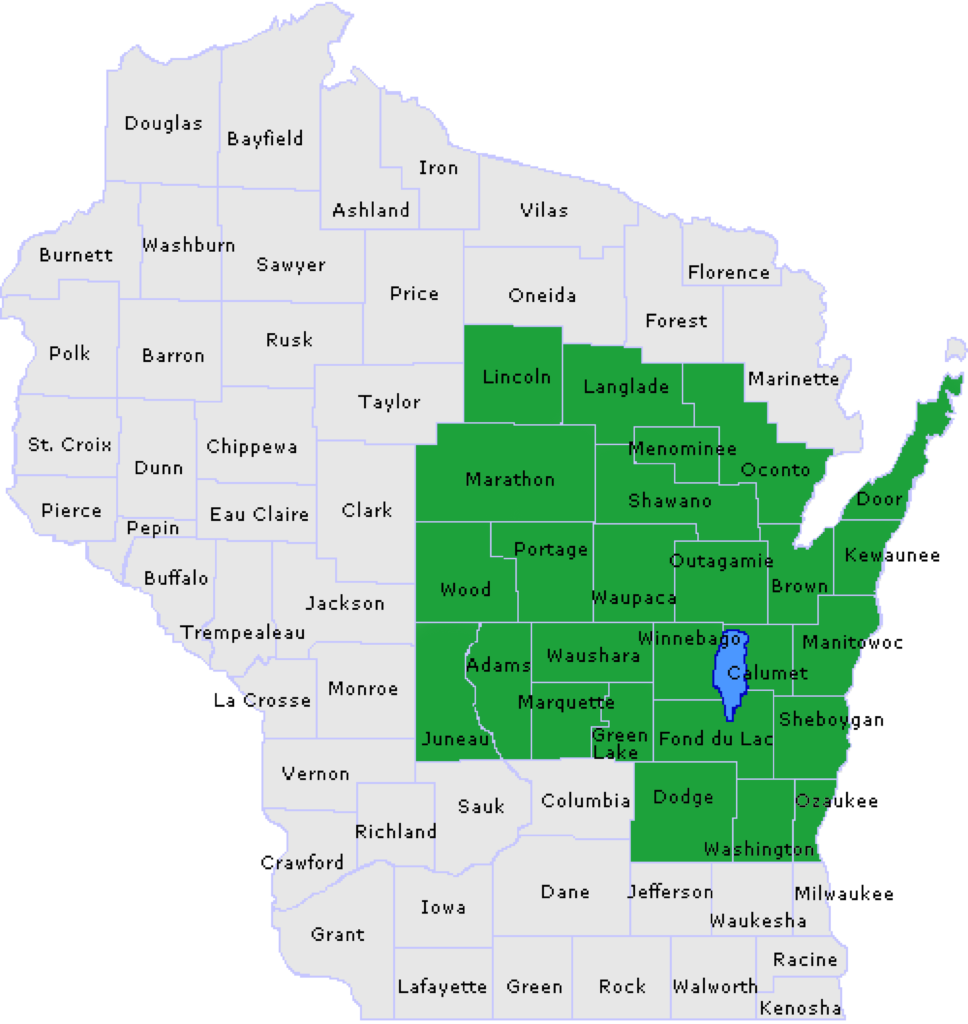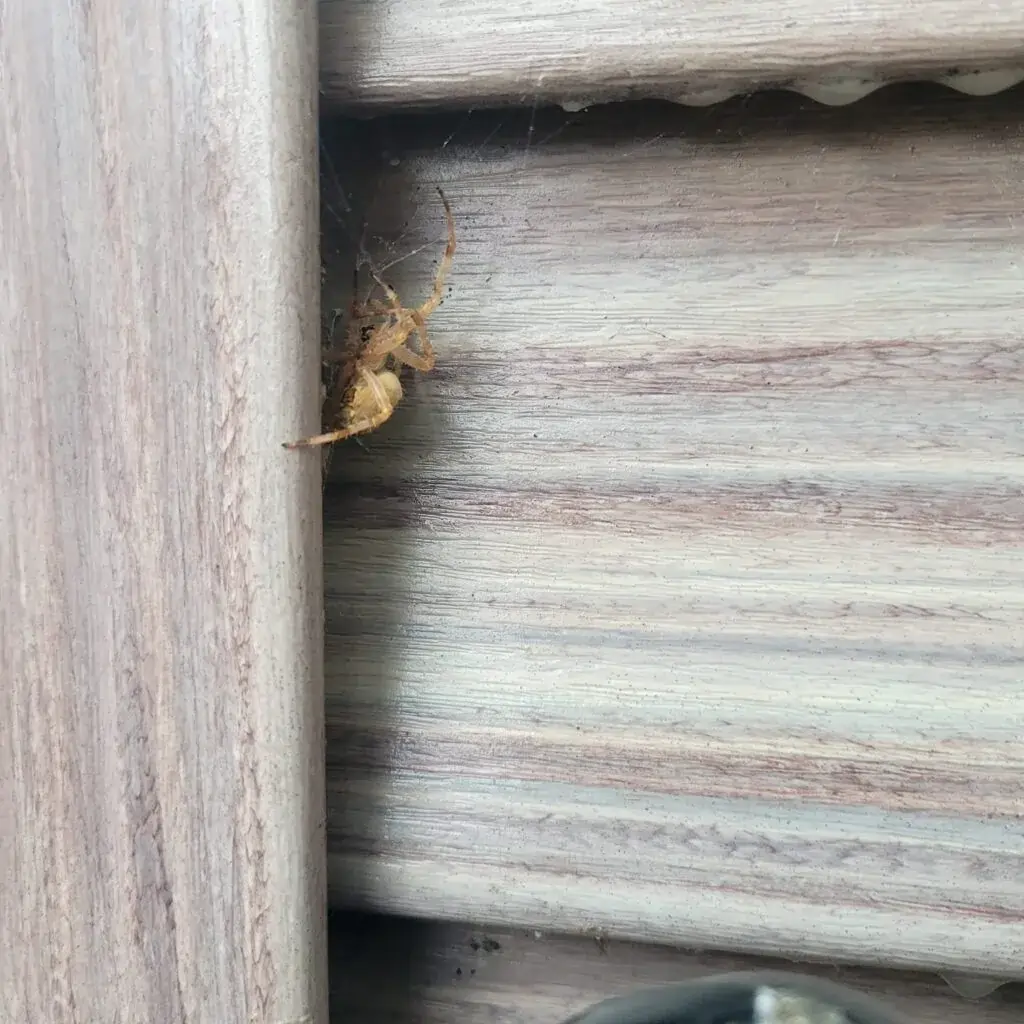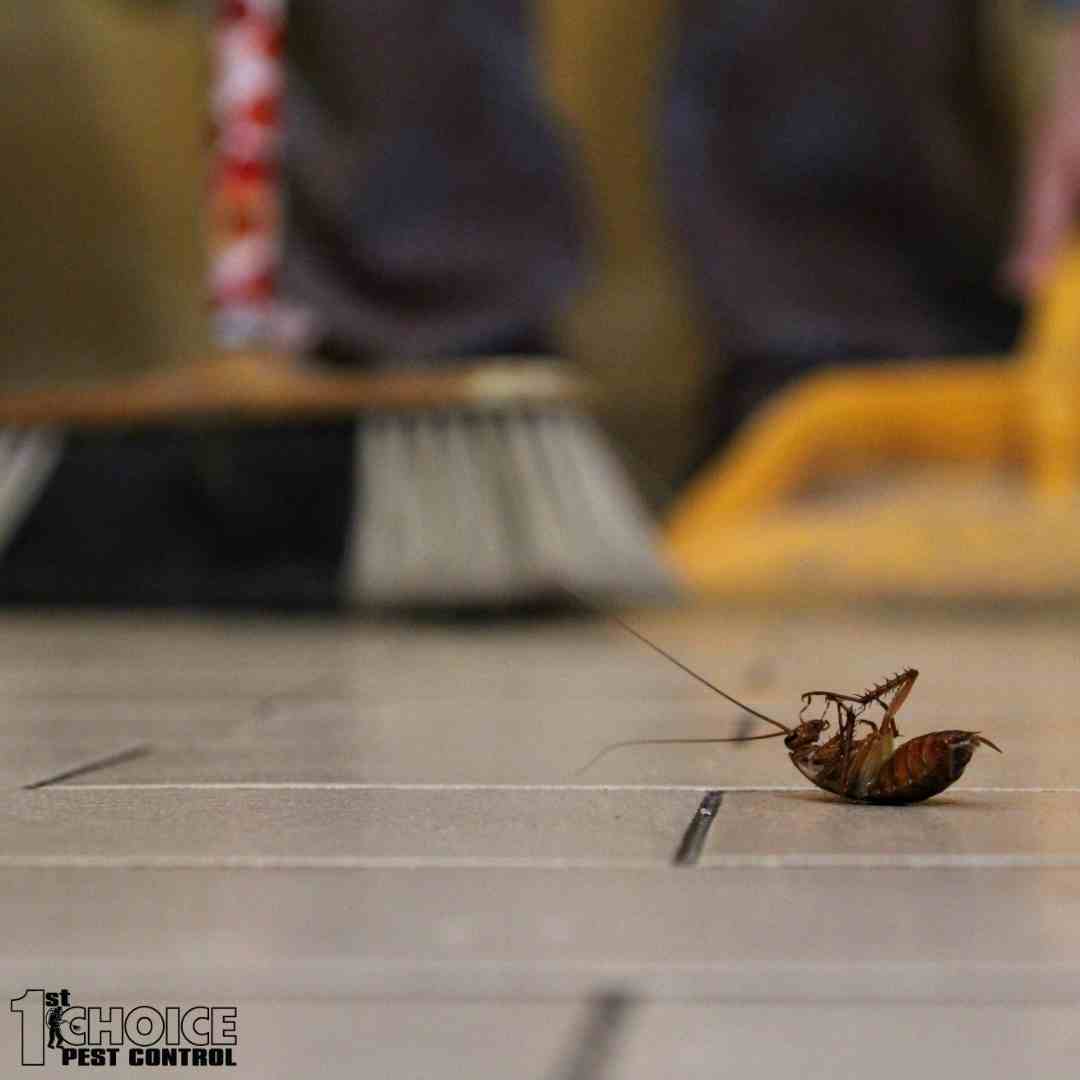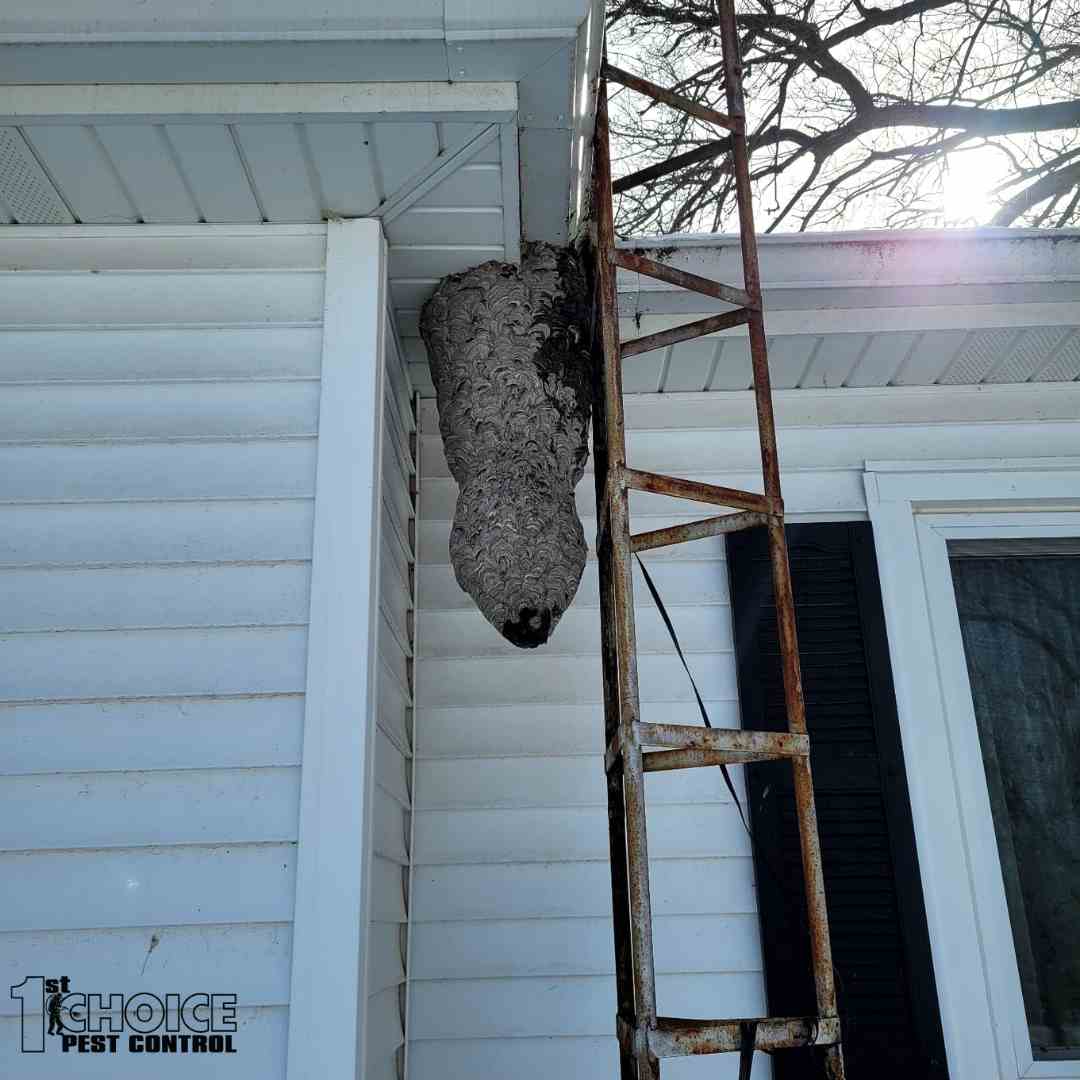Welcome To 1st Choice Pest Control
Pest-Free
At 1st Choice Pest Control, we ensure your home remains pest-free all year long.
Whether it's seasonal invaders or persistent household pests, our expert team is here to provide reliable and effective solutions whenever you need them!
Professional Inspection
Corrective Action
Preventive Service
Bundle & Save
Why Choose 1st Choice Pest Control

Enjoy hassle-free pest control with 1st Choice Pest Control—no contracts required! We believe in earning your trust with every service, giving you the freedom to choose us because you want to, not because you have to.
For more than 14 years 1st Choice Pest Control has been providing top-rated service to Central Wisconsin. Visit our Reviews page to read what our customers have to say.

Know Your Pests
Common Pest Problems
At 1st Choice Pest Control, we understand the importance of maintaining a safe and healthy living environment. Pests not only cause damage to property but also pose significant health risks. Our comprehensive pest management solutions are designed to effectively eliminate and prevent infestations, ensuring your home remains pest-free.

Ants
Ants can quickly become a major annoyance, marching through your home in search of food and creating unsightly trails. Their persistent presence can disrupt your daily routine, making it difficult to keep your living spaces clean and comfortable.
Ants
At 1st Choice Pest Control, we specialize in eliminating ant infestations swiftly and effectively. Our experienced team uses targeted treatments to not only remove the ants you see but also address the source of the problem, ensuring they don't return.
Learn MoreBed Bugs
While bed bugs are not known to transmit diseases, their bites can cause allergic reactions and secondary infections due to scratching.
Bed Bugs
They are about the size of an apple seed and can be found in cracks and crevices, particularly in and around beds and furniture.
Learn MoreBees/Wasps/Hornets
Bees
Cockroaches
Cockroaches
Fleas
Fleas
Mice
Mice
Mosquitoes & Ticks
Mosquitoes & Ticks
Rats
Rats
Spiders
Spiders
Bundle & Save
Bundle & Save
Learn MoreAt 1st Choice Pest Control, we understand the nuisance and potential health hazards that pests can bring to your home or business. Our comprehensive pest control services are designed to rid your property of unwanted guests and ensure a safe, pest-free environment for you, your family, or your employees.
Contact Us Today
Frequently Asked Questions
We specialize in treating a wide range of pests including ants, termites, rodents, cockroaches, bed bugs, mosquitoes, wasps, and more.
Yes, our treatments are environmentally friendly and safe for your family and pets. We use carefully selected products that meet safety standards.
It depends on the severity of your pest problem and your location, but we recommend quarterly treatments for optimal protection year-round.
In most cases, you do not need to leave your home. However, certain treatments may require a short vacating period, which we will inform you of in advance.
You may see a reduction in pest activity within a few days, but complete elimination can take 1-2 weeks depending on the pest.
We offer a satisfaction guarantee. If pests return within the specified warranty period, we’ll return at no extra charge.

Trained & Certified Technicians
Our technicians are highly trained and all have the following certifications:
- Master Tech Certified
- Green Pro Certified
- Quality Pro Certified
- Top Rated Local Certified
- School Certified
- BBB A+ Certified
- IRI Mold Certified
Keep your family protected
At 1st Choice Pest Control we use a combination of preventive measures and reduced-risk treatment methods known as Integrated Pest Management (IPM).

Our Partners Believed Us







What Our Clients Say
EXCELLENTTrustindex verifies that the original source of the review is Google. Great service, friendly staff and reliable. Took care of our rodent problemTrustindex verifies that the original source of the review is Google. Great at explaining everything they do and answering any questions i may have.Trustindex verifies that the original source of the review is Google. 1st choice pest control. Guys are awesome I think they do a1 job. There knowable and friendly. I would recommend them to anyone.Trustindex verifies that the original source of the review is Google. So fast! So professional and knowledgeable! The box elder bugs were out of control and with one treatment they are almost gone in the first hour! Thank you 1st Choice!!Trustindex verifies that the original source of the review is Google. Amazing and friendly service!Trustindex verifies that the original source of the review is Google. Brent is always very polite and punctual. Very informative!Trustindex verifies that the original source of the review is Google. Kind and understanding to the older generation. Thank you
1500+
Customer Reviews



Get The Job Done Right The First Time
At 1st Choice Pest Control we use a combination of preventive measures and reduced-risk treatment methods known as Integrated Pest Management (IPM). Integrated Pest Management (IPM) is an effective and environmentally sensitive approach to pest management that relies on a combination of common-sense practices.
IPM programs use current, comprehensive information on the life cycles of pests and their interaction with the environment. We use seasonal data along with professional equipment and products to make sure our customers have the best pest control protection. The goal is to get the job done right the first time.
Latest News

Expert Residential Rodent Removal Services to Safeguard Your Roof
Protect Your Roof with Expert Residential Rodent Removal Services Rodent infestations can significantly threaten your home’s structural integrity, particularly damaging your

Professional Cockroach Removal: Why Hiring Experts Matters for Your Home
Professional Cockroach Removal: Why Hiring Experts Is Essential for Your Home Cockroaches are one of the most persistent and unpleasant pests

Wasp Nest Removal: Safe & Effective Methods to Protect Your Home
Safe & Effective Wasp Nest Removal Methods to Protect Your Home Wasps can be one of the most aggressive pests to

